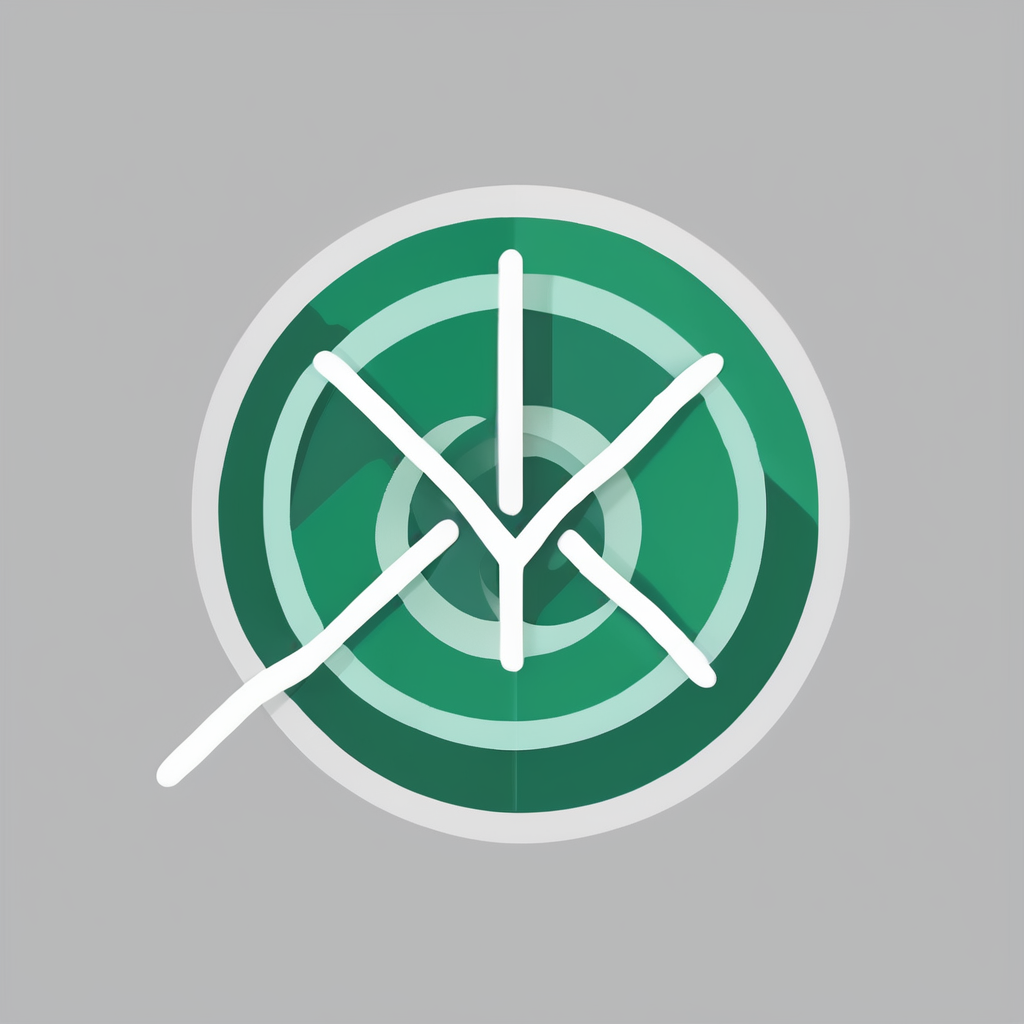Understanding your anxiety begins with honest self-assessment. Recognizing where you stand can reveal patterns that may otherwise go unnoticed, guiding timely support and effective management. This assessment isn’t just about labels; it’s a pathway to empowerment—unlocking clarity about your mental health and informing personalized strategies. Dive into this process to gain awareness, which is a vital step toward improved well-being and resilience.
Importance of Self-Assessment in Managing Anxiety
Self-assessment plays a crucial role in managing anxiety effectively. Recognizing and understanding your anxiety levels through self-assessment allows you to take control of your mental health before symptoms escalate. This process involves honest evaluation of how anxiety manifests in your daily life, such as physical symptoms, thought patterns, and emotional responses.
In parallel : How Can Personal Wellness Practices Transform the UK Healthcare System?
By regularly performing an anxiety self-assessment, you can identify early warning signs and trigger points. This awareness is essential for guiding timely intervention, ensuring that coping strategies or professional support are sought promptly. Without this proactive approach, anxiety can worsen unnoticed, making recovery more difficult.
Moreover, the act of self-assessment fosters mental health improvement by encouraging greater self-awareness. When you understand your anxiety better, you can develop personalized strategies that address your specific experience rather than relying solely on generic advice. This personalization enhances your ability to manage stressors and prevent anxiety from overwhelming your daily functioning.
Have you seen this : Understand your anxiety: take the essential test today
If you find it challenging to gauge your anxiety accurately, consider taking an anxiety test designed to provide structured insights into your mental state. Such tools complement self-assessment by offering concrete data to understand anxiety’s impact and tailor your management effectively.
In summary, anxiety self-assessment is more than just a diagnostic step; it is a continuous practice that empowers you with knowledge about your mental health, fosters timely action, and supports long-term well-being.
Types of Anxiety Measurement Tools
Understanding anxiety starts with reliable anxiety measurement tools—essential for accurate diagnosis and management. Three primary approaches dominate: psychological questionnaires and scales, interactive online anxiety quizzes, and professional diagnostic procedures.
Psychological Questionnaires and Scales
Standardized psychological questionnaires and scales such as the GAD-7 (Generalized Anxiety Disorder 7-item) and the STAI (State-Trait Anxiety Inventory) serve as trusted self-report measures. These tools quantify anxiety symptoms by scoring responses across various domains, helping clinicians gauge severity and symptom patterns. Their key advantage lies in validated accuracy, allowing comparisons across populations and over time. However, limitations exist—being self-administered, responses can be affected by personal bias or misunderstanding questions. Despite this, they remain foundational for both initial screening and ongoing monitoring.
Interactive Online Anxiety Quizzes
Interactive online anxiety quizzes offer the benefit of quick, accessible assessments. Useful for those seeking immediate insights, these quizzes employ simplified versions of standardized questions to provide instant feedback on anxiety levels. This accessibility makes them valuable first steps for individuals uncertain about their symptoms. Nevertheless, users should consider that the reliability of online assessments varies widely, depending on the quiz’s scientific basis, question clarity, and scoring system. For a more dependable evaluation, it’s crucial to choose quizzes developed with clinical expertise.
Professional Diagnostic Procedures
In cases where anxiety is complex or persistent, professional diagnostic procedures become indispensable. Clinical evaluation involves comprehensive interviews, observations, and sometimes physiological testing to distinguish anxiety disorders from other mental health conditions. Unlike self-assessments, professional diagnosis captures nuances that questionnaires and quizzes might miss, ensuring tailored treatment plans. Seeking clinical evaluation is especially important when anxiety disrupts daily functioning or coexists with other disorders, guaranteeing an informed and holistic approach to care.
For those unsure about their anxiety symptoms, taking a scientifically rooted anxiety test can be an empowering first step toward understanding and managing anxiety effectively.
How to Conduct a Personal Anxiety Level Assessment
Assessing your own anxiety levels accurately begins with a structured approach to identifying symptoms and their frequency. Start by listing common anxiety symptoms such as restlessness, excessive worry, or physical signs like a racing heart. Document how often these occur, noting specific triggers or patterns. This method provides clarity on both the intensity and recurrence of anxiety episodes.
To ensure precision, answer questions honestly during this self-evaluation and perform assessments consistently—ideally at similar times each day or week. This regularity helps in tracking real changes rather than momentary feelings. Incorporating symptom tracking through journaling or digital apps adds a documented layer, offering detailed insights over days or weeks. This supplementation enriches the assessment, making it easier to spot trends and potential triggers.
Being thorough in this self-assessment supports a reliable anxiety evaluation, enabling you to understand your baseline and variations. Keep in mind that self-awareness and consistency are key pillars to minimize errors or underestimation of anxiety’s impact. For those wanting a structured formal starting point, an anxiety test can further guide these insights with standardized criteria.
Recognizing Different Anxiety Levels and Their Significance
Understanding the various anxiety levels—mild, moderate, and severe—is essential for effective mental health management. Anxiety manifests differently depending on its intensity, influencing how individuals experience symptoms and how daily life is affected. Accurate identification of these levels plays a crucial role in devising appropriate treatment plans that address specific needs and improve overall wellbeing.
Mild anxiety often presents as restlessness, slight nervousness, or occasional worry. While these symptoms might cause discomfort, they usually do not interfere significantly with daily activities. At this level, self-help strategies such as mindfulness, regular exercise, or structured relaxation techniques can effectively manage symptoms. Recognizing mild anxiety early is vital to prevent escalation.
When anxiety intensifies to a moderate level, symptoms become more persistent and disruptive. Individuals may experience pervasive worry, difficulty concentrating, and physical symptoms like increased heart rate or fatigue. This level often necessitates targeted interventions beyond self-help. Professional approaches, including cognitive-behavioral therapy or lifestyle changes like improved sleep hygiene and stress management, play a key role. Proper recognition enables timely care, reducing the risk of progression.
Severe anxiety is marked by overwhelming symptoms that drastically affect daily functioning. Severe anxiety may involve panic attacks, intense fear, or debilitating avoidance behaviors. Immediate professional care is critical at this stage, including specialized therapy, possible medication, and continuous support. Untreated severe anxiety carries risks such as social isolation, depression, or physical health problems. Timely and accurate classification ensures patients receive the urgent attention necessary to safeguard mental health.
Monitoring which anxiety level a person is experiencing helps individuals and healthcare providers choose suitable treatments. This dynamic classification can also guide ongoing management to adapt care as symptoms change. If uncertainty exists about anxiety severity, taking a comprehensive anxiety test can provide clarity and inform the next steps for support and intervention.
Next Steps After Completing Your Anxiety Assessment
Taking the step to Discover Your Anxiety Level: Complete This Essential Assessment is crucial for understanding your mental health. Once you’ve completed your anxiety assessment, the next stage involves applying practical strategies to manage and reduce your anxiety effectively.
Recognizing the importance of self-care and stress reduction is fundamental. This means incorporating calming practices like mindfulness, regular exercise, and adequate sleep into your daily routine. These methods help regulate stress hormones, improving your emotional balance and resilience over time.
Knowing when and how to seek professional mental health services is equally essential. If your anxiety assessment indicates moderate to severe levels, it is advisable to consult a mental health professional. They can tailor treatment plans that may include cognitive-behavioral therapy, medication, or a combination of both, depending on your specific needs.
Long-term strategies emphasize sustaining emotional well-being by routinely monitoring your anxiety and adjusting coping mechanisms as required. Setting up periodic reassessment intervals ensures you stay aware of your mental state and can make timely decisions about seeking additional support.
In summary, after you Discover Your Anxiety Level: Complete This Essential Assessment, focus on implementing self-care habits, understanding when professional guidance is needed, and maintaining ongoing emotional health through consistent monitoring and adjustment. For those unsure about their symptoms or needing clarity, an anxiety test can provide further insight.




